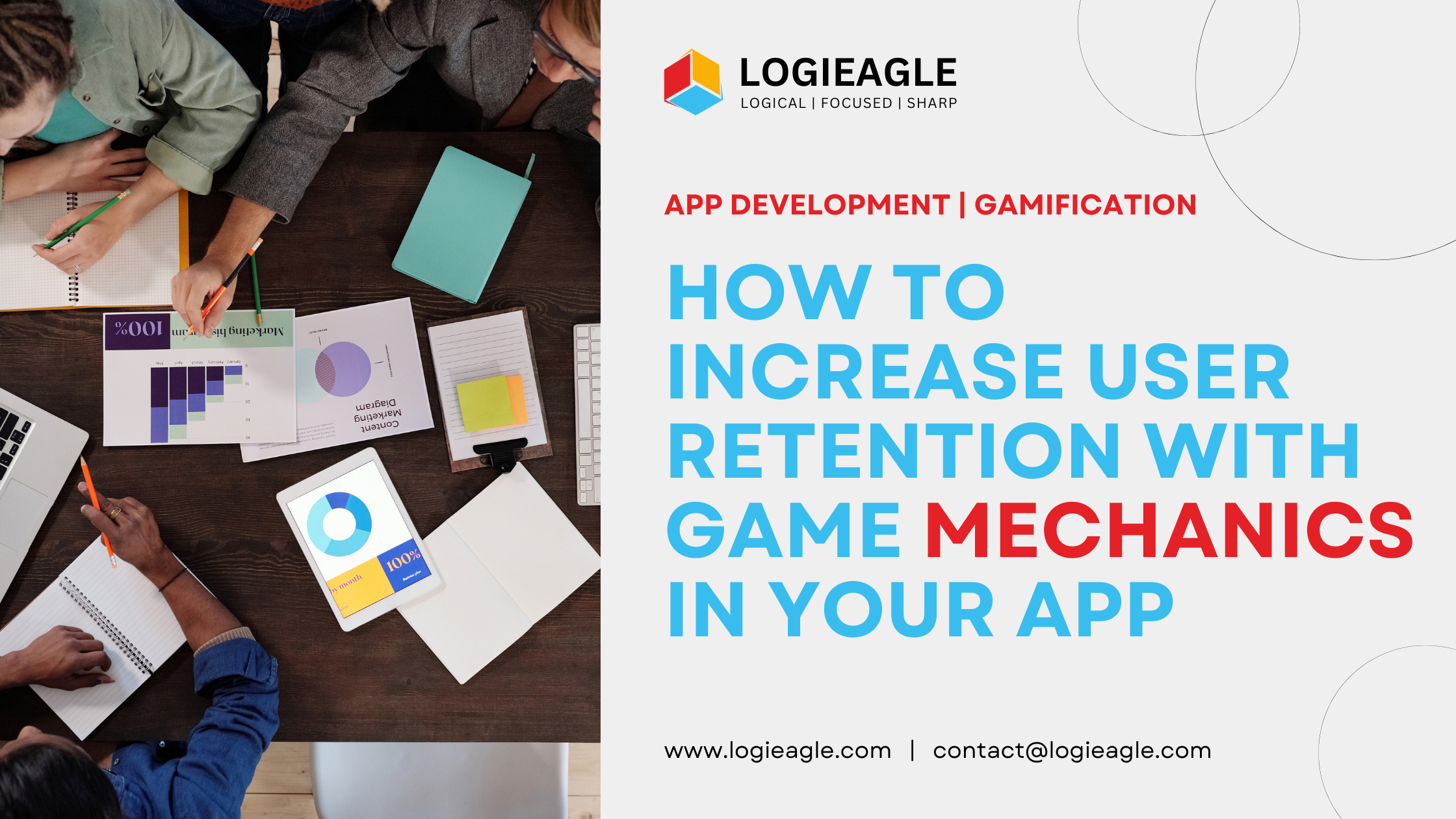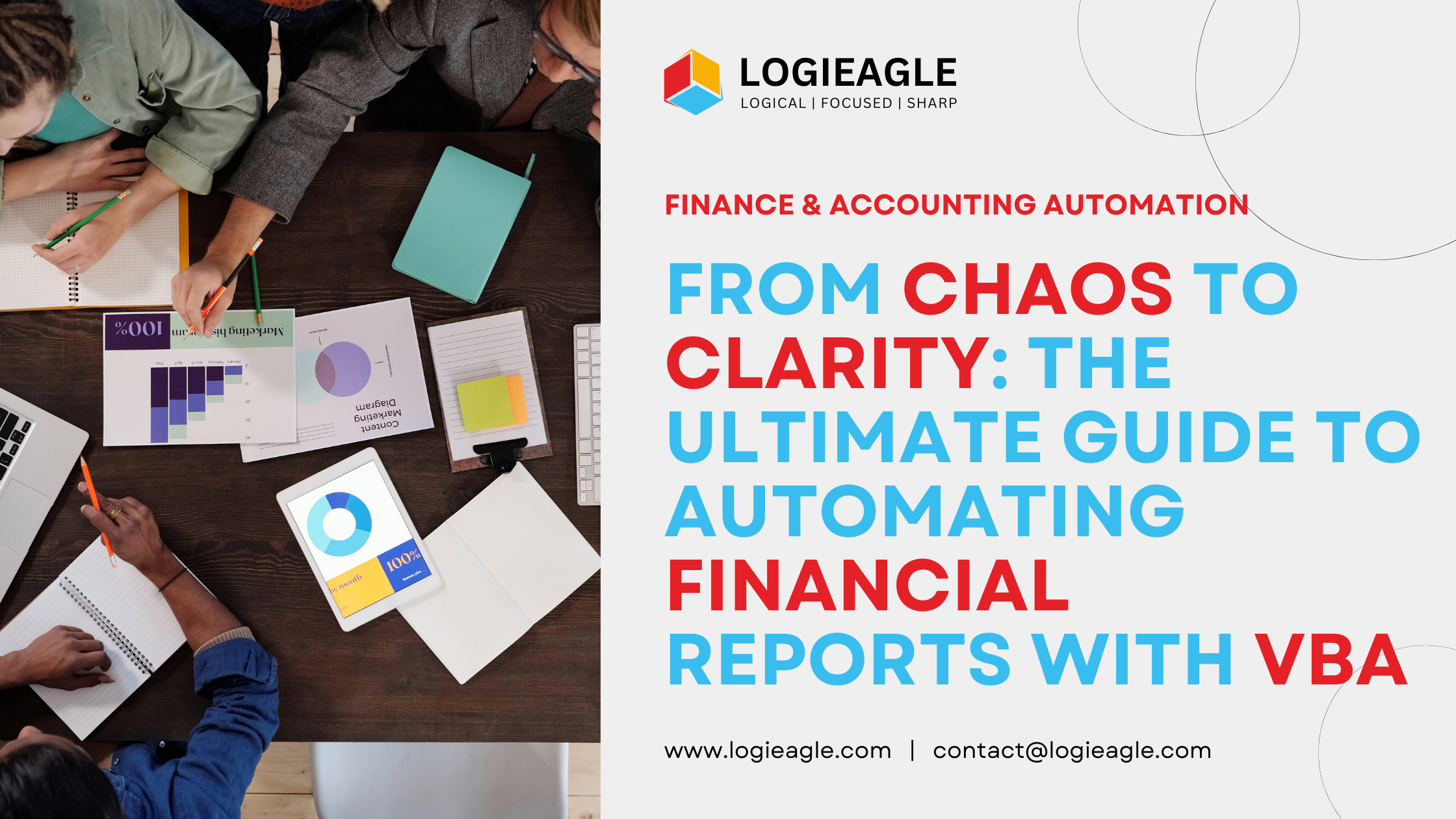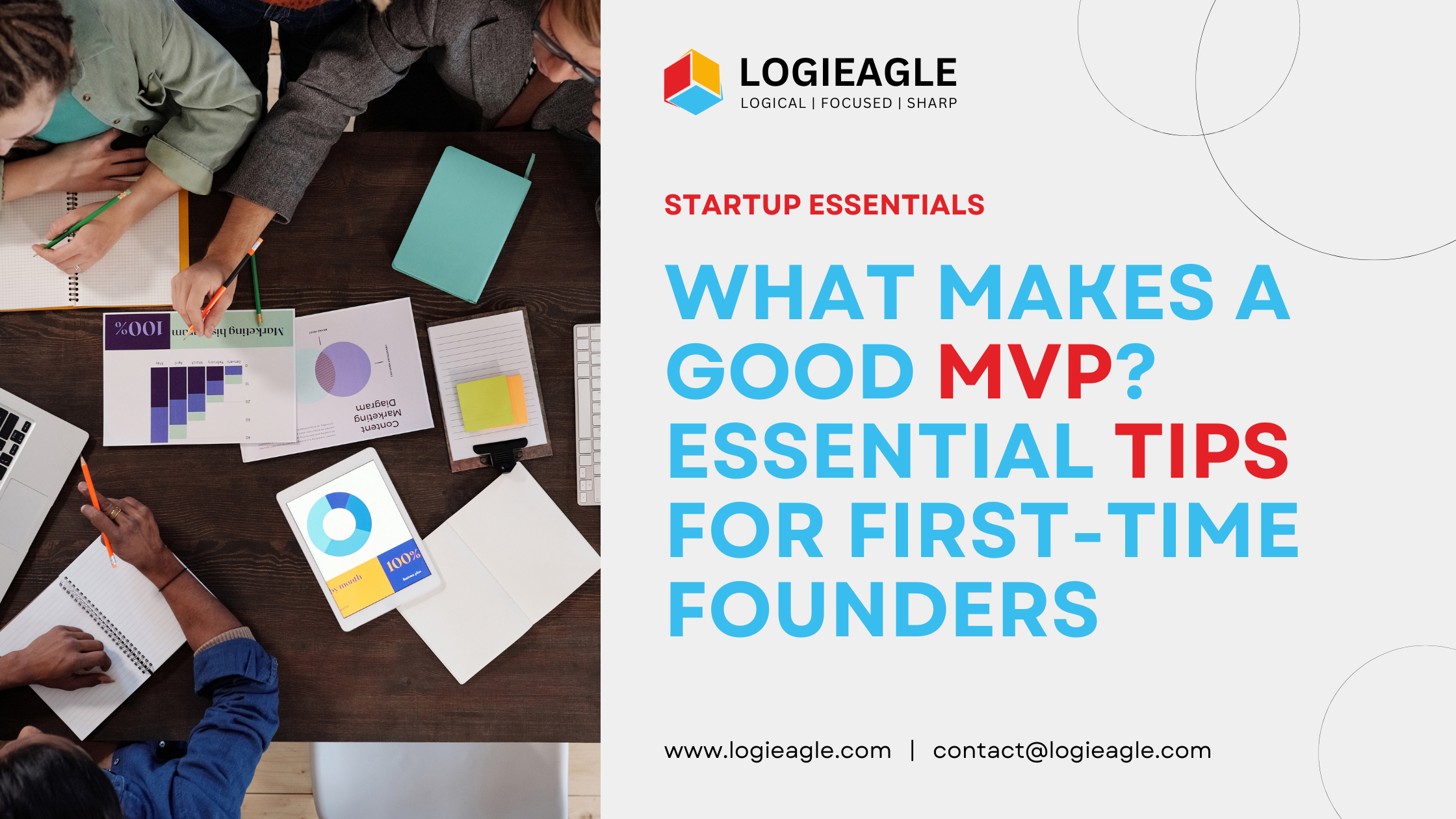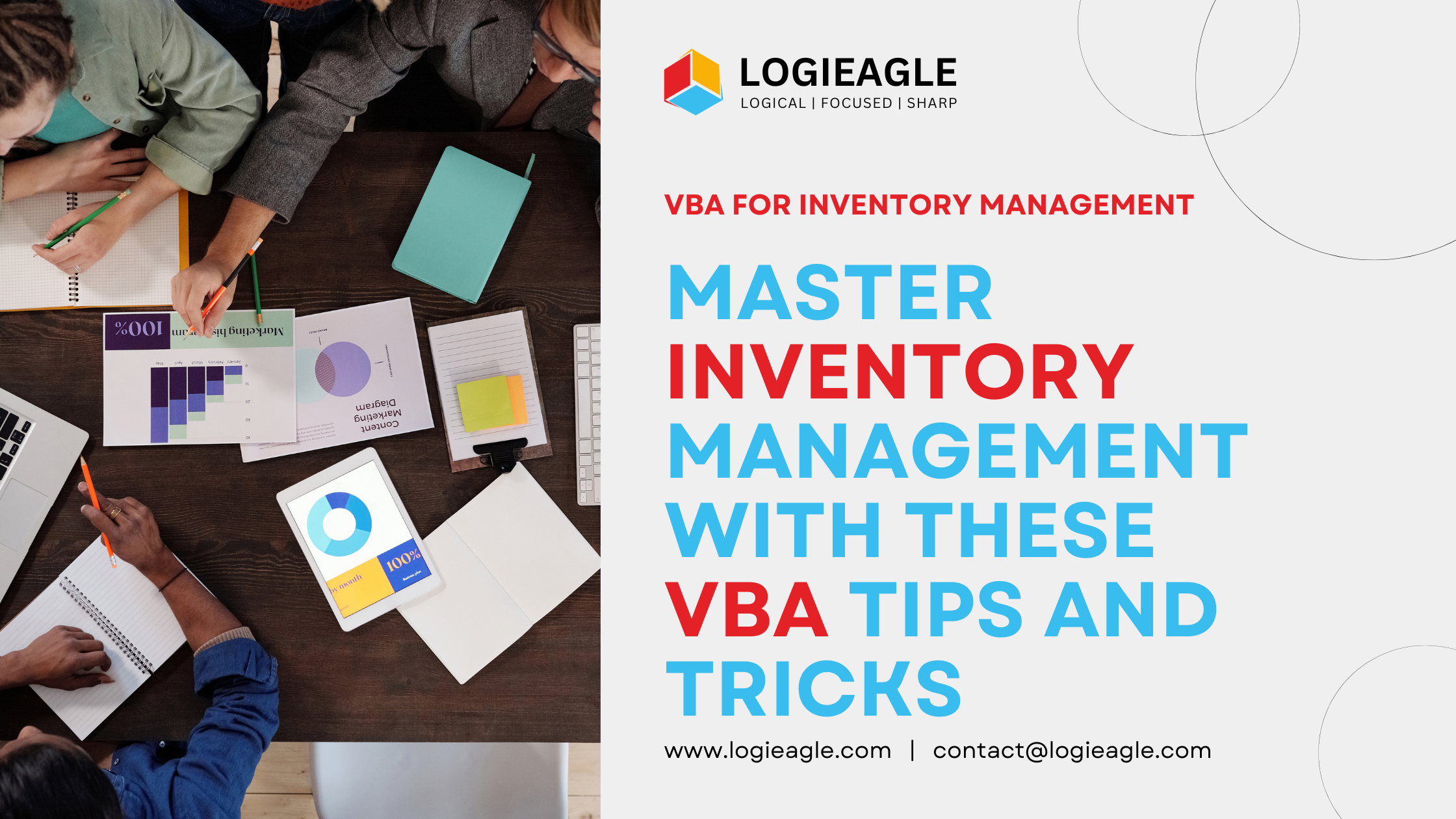
How to Increase User Retention with Game Mechanics in Your App
Ever downloaded an app and barely used it after a few days? You’re not alone. Most apps lose 77% of their users within just 3 days of install. That’s brutal.
Which is why engagement (how often people use your app) and retention (how long they stick with it) aren’t just buzzwords — they’re survival. Get them right, and your app becomes more than a tool: it becomes a habit. Users come back. Money follows. Growth happens.
One of the strongest ways to get people to stay? Gamification. It’s not just for games anymore. Sprinkle in game-like elements, and you tap into very human things: achievement, recognition, challenge. You make the ordinary… a bit more fun.
What is Gamification Anyway?
Gamification means borrowing features from games — things like points, badges, levels, challenges — and weaving them into non-gaming apps (fitness, productivity, learning, health, etc.). The goal: turn “just another app” into something people enjoy coming back to.
Why It Works (Hint: It’s Human Psychology)
These game-like features feed into three basic human needs (from a theory called Self-Determination Theory):
- Competence: We like to feel capable — we enjoy mastering something.
- Autonomy: Making choices and having control over what we do and when.
- Relatedness: Feeling connected — being part of something, or competing/collaborating with others.
When your app gives users a sense of growth, control, and social connection, they’re much more likely to keep using it.
Example: Duolingo. It’s not just flashcards. There are streaks, XP points, leaderboards. You don’t just learn — you compete, you show off, you advance. That keeps people hooked.
Gamification Can Move the Needle
If done well, gamification can:
- Increase retention by approximately 22%.
- Meaningfully extend how long each session lasts.
So you’re not just getting users to install your app — you’re getting them to stay.
Game Mechanics That Help (and How to Use Them Smartly)
Here are some of the most effective tools you can use — plus tips so they enhance your app instead of annoying people.
- Points System: Give users points for doing things you want them to do — finishing a feature, daily check-ins, exploring the app. Points = immediate feedback. It feels good to see them add up.
Tip: Let users use points for something (unlock features, content, rewards). Also, give bonus points sometimes (e.g. for consistency, streaks) to keep excitement going. - Badges & Stickers: Everyone likes a trophy. Badges recognize milestones — small or big — and let users show off what they’ve done.
Tip: Make some badges easy to get, others more challenging. Rare badges feel prestigious. - Leaderboards & Scoreboards: Tap into competitive spirit. See how you stack up against others — globally, among friends, by weekly categories. Gives people a goal.
Tip: Make sure it feels fair. If you put a newbie up against power users, they’ll feel demotivated. Consider separating by level or experience. - Levels & Performance Charts: Levels show growth. Charts show trends — how you’ve improved over time. Both help people see progress.
Tip: Use visual charts and make levels meaningful — maybe a new feature or reward unlocks at the next level. - Quests & Challenges: Give people missions — daily tasks, weekly challenges, or special events. It adds urgency and purpose.
Tip: Keep difficulty balanced. Some challenges should be easy (for beginners), others hard (for veterans). Group or social challenges also work well. - Progress Bars: Simple but powerful. When people can see how close they are to a goal, they try harder — that “goal gradient” effect kicks in.
Tip: Use them for profiles, unlocking features, or completing tasks. Provide feedback (colors, animations, milestone markers) so progress feels real.
How to Do It Right: Align & Tread Carefully
Gamification isn’t magic — it can backfire. Here’s how to increase your chances of success:
- Start with your goal: What do you want? More daily users? More feature usage? More revenue? Choose mechanics that help those goals, not just fun ones for the sake of fun.
- Know your users: Different people are motivated by different things. Some love competing. Some hate it. Some just want to feel competent quietly. Segment your audience and test what works.
- Balance intrinsic vs. extrinsic motivation: Extrinsic = badges, points, rewards. Intrinsic = pride, mastery, satisfaction. Too much candy, and people will use the app only for the rewards — when those fade, so does usage.
- Don’t overwhelm: Too many badges, notifications, and challenges can cause fatigue. Make gamified parts feel natural. Let the core app shine through.
- Fairness matters: If people think the game is rigged or that there’s no way they can “catch up,” they’ll drop off.
Added Boosters: What Makes Engagement Even Firmer
These extras can amplify your gamification:
- Personalization: Let challenges or reward paths adjust based on how people use the app.
- Social Features: Let users share, compete with friends, or collaborate.
- Storytelling: Turn the journey into a narrative — “You’re leveling up as a wellness hero” or “You’re progressing through chapters.”
- Inclusivity & Accessibility: Make sure visual and interactive elements work for everyone; consider cultural sensitivities and provide different ways to track progress.
What to Watch Out For (Avoid These Traps)
- Over-gamification: When everything is a game, nothing stands out — it becomes noise.
- Meaningless rewards: If rewards don’t align with what users care about, they won’t motivate. Example: points for just opening the app without doing anything meaningful.
- Misaligned mechanics: Don’t use leaderboards in a meditation app where calm and personal growth matter more than competing.
- Unfair competition: Let users see what’s achievable for their level. Otherwise, they’ll feel discouraged.
Measuring If It’s Working
It’s not enough to add game mechanics — you must check if they actually help.
Some metrics to track:
- Session length: Are people spending more time per visit?
- Return rate / Retention: Day 1, Day 7, Day 30 — are more people coming back?
- Feature adoption: Are new features being used more because of badges, challenges, or levels?
- Participation rates: How many users are completing challenges or collecting badges?
- Engagement with social features: Are leaderboards, sharing, and team challenges being used?
- Revenue / LTV: Are users who engage with gamified parts spending more and staying longer?
Also, always establish a baseline before launching your gamification efforts so you can compare and see what changed.
Wrapping Up
Gamification isn’t just a sprinkle of fun — when done right, it’s a powerful way to connect with users on a deeper, more meaningful level. It builds habits, creates loyalty, and strengthens your bottom line.
 From Chaos to Clarity: The Ultimate Guide to Automating Financial Reports with VBA
From Chaos to Clarity: The Ultimate Guide to Automating Financial Reports with VBA
 Did You Know You Can Launch an MVP in 30 Days? Here's How!
Did You Know You Can Launch an MVP in 30 Days? Here's How!
 Mastering Business Intelligence Dashboards: Excel Techniques You Need to Know
Mastering Business Intelligence Dashboards: Excel Techniques You Need to Know
 Turning Excel into a Scalable Business Tool: A Step-by-Step Guide
Turning Excel into a Scalable Business Tool: A Step-by-Step Guide
 The Psychology Behind Intuitive UX: How to Design for User Comfort
The Psychology Behind Intuitive UX: How to Design for User Comfort
 What Makes a Good MVP? Essential Tips for First-Time Founders
What Makes a Good MVP? Essential Tips for First-Time Founders
 Excel Automation for Non-Technical Teams: A Beginner's Guide
Excel Automation for Non-Technical Teams: A Beginner's Guide
 How AI Is Transforming ERP Systems for SMEs
How AI Is Transforming ERP Systems for SMEs
 Why UX Is the Silent Salesperson in Every App
Why UX Is the Silent Salesperson in Every App
 Master Inventory Management with These VBA Tips and Tricks
Master Inventory Management with These VBA Tips and Tricks